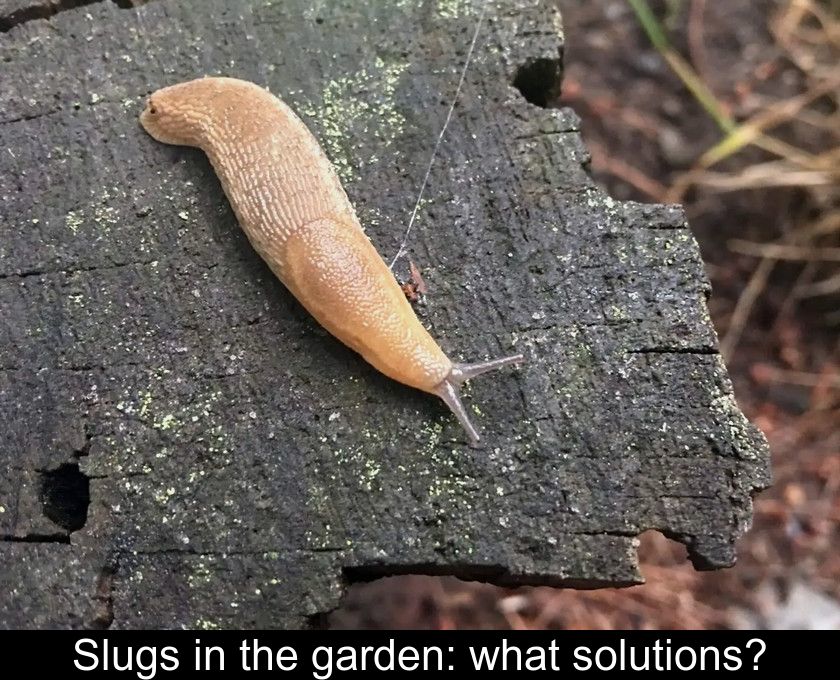Slugs In The Garden: What Solutions?
If your young seedlings have been devoured and the leaves of your plants are full of holes, it's very likely that slugs and snails have been around. We will give you several tips and natural solutions to get rid of these voracious garden guests.
Slugs, formidable gluttons
Just like snails, slugs are part of the vast family of terrestrial gastropods. In France, about ten different species can invade gardens and cause significant damage to crops.
The largest of them are capable of devouring up to 50% of their body weight in plants in a single night, with a preference for the most tender shoots (young seedlings, leafy vegetables...).
The most obvious signs of their presence are holey leaves, devastated seedlings, and mucus trails, the slime that these unwelcome guests secrete as they move around...
Solution #1: cut them off
A first natural and ecological trick against slugs is to block their path, as these crawling mollusks do not like to move on rough surfaces.
They will not pass if you spread one of the following materials around your plants:
- wood ash.
- sawdust.
- crushed eggshells.
- coffee grounds.
- sand.
Note: for this trick to be effective, it must be applied regularly and the chosen material (such as wood ash, coffee grounds, or sawdust) should be scattered around the plants to be protected after each rain.
Solution #2: attract them elsewhere
The trick of the anti-slug barrier being rather restrictive, another equally eco-friendly method is to attract the slugs where you want them to keep them away from your crops.
To do this, you can use various baits:
- pieces of potatoes or squash.
- grapefruit peels.
- wheat bran.
- shelters (boards, overturned flower pots, or tiles) under which they can hide during the day.
You will then only need to "collect the slugs" to release them far from your garden without harming them.
Note: it is better to avoid anti-slug tricks based on beer because this drink is unmatched in attracting all the slugs from the surroundings! If you don't want to see them invade your vegetable garden, also avoid excessive mulching as mulch provides them with shelter and food.
Solution #3: Repel them with plants
Another natural solution against slugs is to use repellent plants. You can grow these natural repellents like fennel, sage, thyme, or hyssop among your vegetables.
Simply plant them in tightly packed rows to protect your other crops from overly greedy gastropods.
Note: in addition to the previous tips, you can rely on various predators to get rid of slugs and other snails. Some harmless reptiles such as lizards and slow worms are fond of these gastropods, as are hedgehogs, toads, thrushes, blackbirds, chickens, and ducks. Their valuable help is another good reason to promote biodiversity in the garden!




